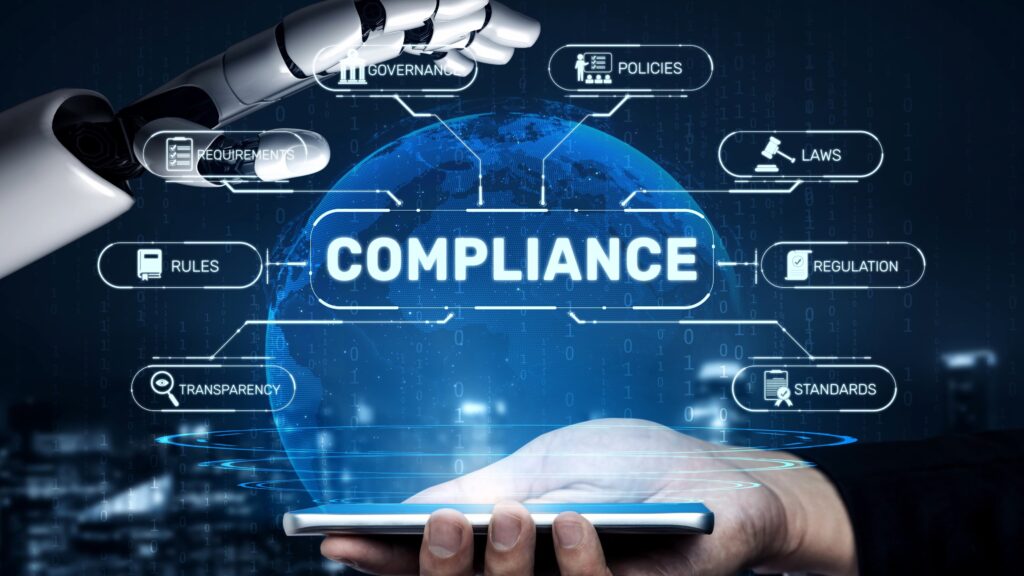
In conversations with clients and industry peers, one consistent theme continues to emerge:
Organizations know what compliance requires—retention, defensible deletion, regulatory alignment—but still struggle with how to put those requirements into practice at scale.
That gap between intent and execution is not due to a lack of effort. It reflects the growing complexity of regulatory demands, data environments, and organizational structures. As compliance expectations evolve, manual and reactive approaches are proving unsustainable.
AI-enabled compliance orchestration is gaining traction as a meaningful response. It does not replace governance expertise. Instead, it helps extend and apply that expertise in ways that are scalable, measurable, and resilient to change.
From Policy to Execution
Many organizations already have the building blocks in place, such as retention schedules, privacy frameworks, and governance policies. However, applying those controls consistently across repositories, platforms, and departments remains a significant hurdle.
Compliance orchestration offers a way to address this disconnect. It focuses on translating governance frameworks into operational workflows by linking policy with systems and supporting more consistent, auditable execution.
At LexShift, we see this challenge frequently through our advisory and implementation work. Whether in the private or public sector, organizations are looking for practical ways to make governance work across complex data ecosystems. Orchestration offers one viable path forward.
Governance That Learns and Adapts
The orchestration model becomes especially effective when paired with AI. With the right oversight and inputs, AI can support:
- Classification of data at scale, using both content and context
- Mapping of policies to assets across distributed systems
- Automated triggers for retention, deletion, and access workflows
- Ongoing refinement of rules and decision-making through human review and legal validation
These capabilities do not solve the problem on their own, but they can significantly reduce the burden on IG teams and help shift compliance from reactive to proactive.
From One-Time Efforts to Sustainable Programs
Much of what has traditionally been considered “compliance work” has taken the form of point-in-time projects: audits, cleanup efforts, or isolated policy updates. While these efforts are often necessary, they rarely create lasting control or visibility.
The shift we are seeing, and helping organizations make, is toward repeatable and sustainable programs that embed governance into day-to-day operations. This includes not just tools and workflows, but also clear ownership, current retention policies, and metrics that reflect the organization’s actual compliance posture.
Looking Ahead
In today’s environment, compliance is no longer a static checklist. It is a dynamic capability. Organizations need to demonstrate that policies are not only documented but actively followed, consistently applied, and supported with evidence.
AI-enabled orchestration can help make this possible, especially when combined with strong governance models and subject-matter oversight. That balance—between automation and defensibility, and between policy and practice—continues to shape our work. For more on how we are approaching this challenge with our clients, visit lexshift.com
The information you obtain at this site, or this blog is not, nor is it intended to be, legal or consulting advice. You should consult with a professional regarding your individual situation. We invite you to contact us through the website, email, phone, or through LinkedIn.
